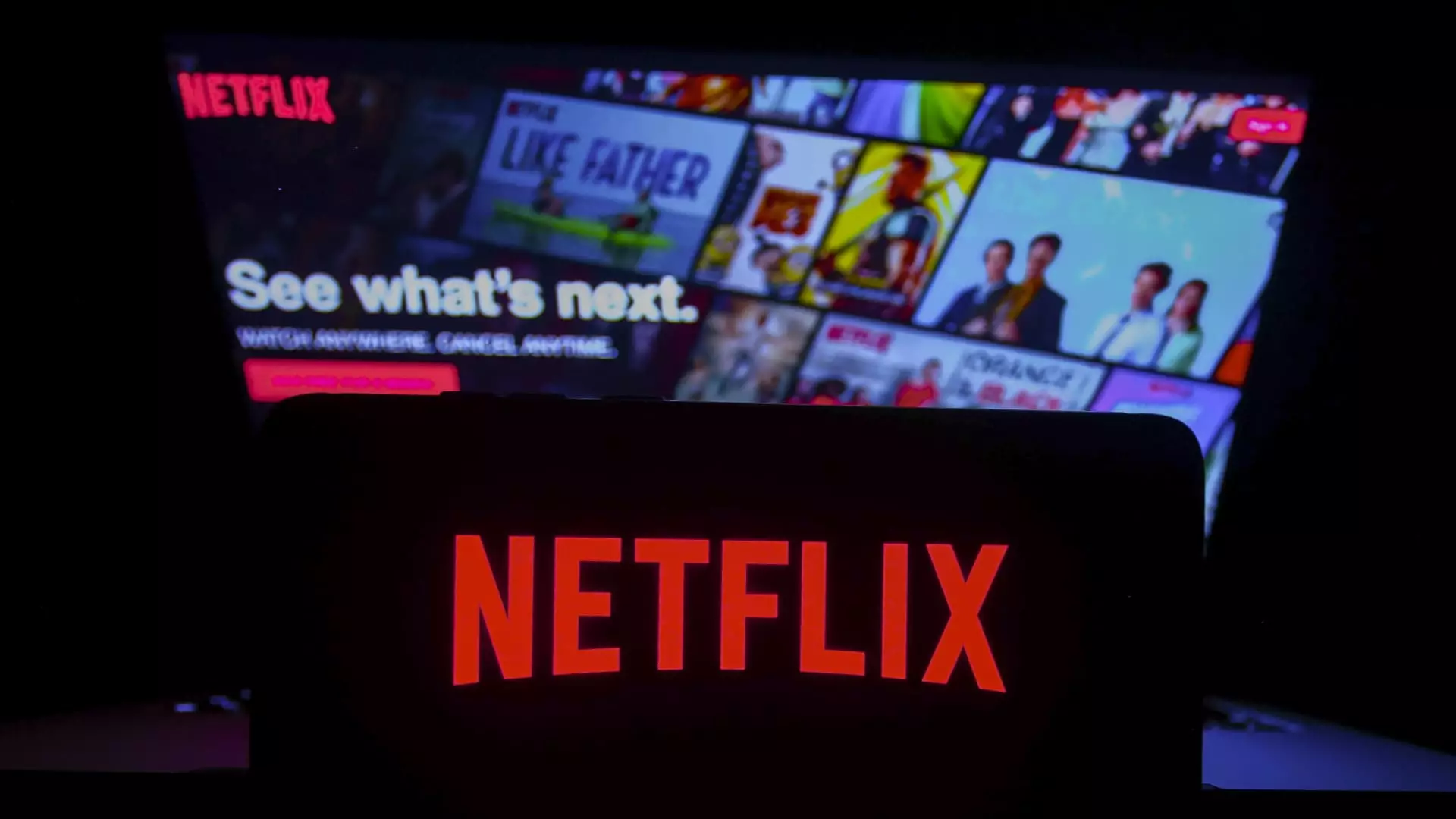Once lauded as the undisputed king of streaming, Netflix’s dominance appears to be waning amid mounting challenges. For years, industry insiders and investors alike believed Netflix’s innovative content and subscriber growth were unstoppable. However, a closer examination reveals cracks in this facade. The narrative that Netflix’s user base and engagement levels are ever-expanding is increasingly questionable. As industry veteran Tom Rogers points out, while Netflix still produces exceptional hit shows, the quality of viewer engagement is declining. This trend reflects a broader stagnation or even erosion of Netflix’s once unassailable market position. The idea that subscription growth directly translates into sustained influence and profitability is now under serious scrutiny.
The Rise of Alternative Platforms Threatening Traditional Streaming
YouTube, often dismissed as merely a platform for amateur content, is quietly transforming into a formidable rival. With 13% of total TV viewership—compared to Netflix’s 8%—YouTube is undermining Netflix’s claim to being the primary source of entertainment for many viewers. The platform’s success isn’t solely driven by user-generated content; its strategic leveraging of artificial intelligence is democratizing high-quality production, enabling amateur creators to produce professional-caliber videos effortlessly. This blurring of lines between amateur and professional content threatens Netflix’s exclusive hold on quality programming. For years, Netflix has relied on its original hits to attract and retain subscribers, but the rise of accessible AI-driven production tools on YouTube diminishes this advantage, diluting the platform’s value proposition.
Artificial Intelligence: The Double-Edged Sword
Rogers’ insight about AI underscores its paradoxical impact on streaming giants like Netflix. While AI improves targeted advertising and reduces programming costs—potentially boosting profits—its proliferation also leads to increased competition from bottom-up content creation. The democratization enabled by AI means that independent creators don’t need expensive studio budgets or industry connections; they can produce high-quality content at minimal cost. This disrupts the traditional Hollywood-centric model, where access was limited to well-funded studios. Consequently, the streaming market risks fragmenting further, with users increasingly turning to platforms like YouTube where authenticity and variety are seemingly more accessible. If Netflix fails to adapt quickly, its leadership position could be jeopardized as viewers gravitate toward more diverse, user-driven content.
Questioning the Future of Netflix’s Reign
Despite a positive earnings report and a healthy valuation, Netflix shows signs of vulnerability. Its recent stock dip suggests investor apprehension about its long-term growth, particularly as engagement metrics become less impressive. The company’s reliance on content expenditure and subscription growth may no longer guarantee continued dominance. As digital audiences evolve, a new paradigm emerges—one where personalization, authenticity, and accessibility overshadow traditional notions of scripted exclusives. For Netflix to sustain its status, it must overhaul its approach, embracing the vibrant, unpredictable world of AI-enabled content creation and user-driven democratization. Otherwise, its erstwhile supremacy risks becoming a relic of a bygone era—an outdated model in an increasingly fragmented streaming landscape.

